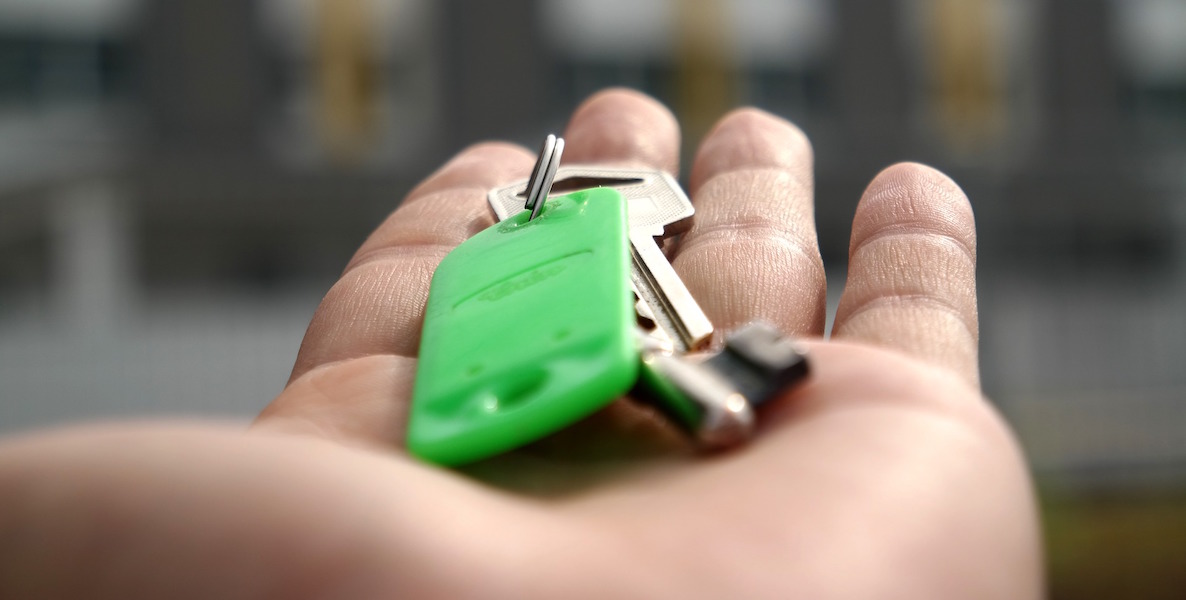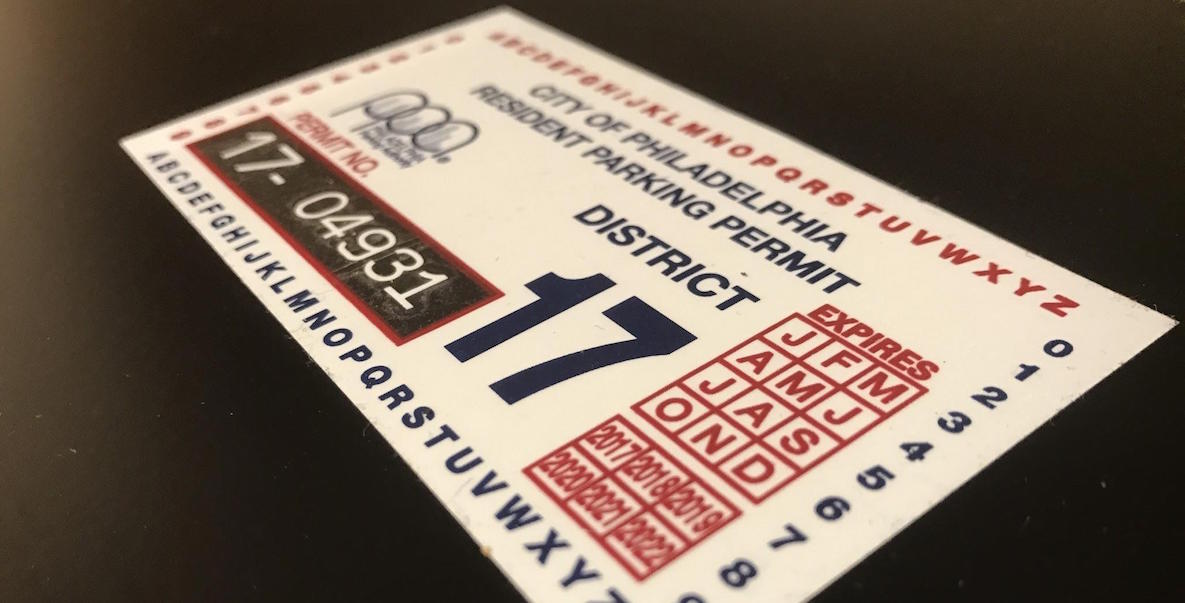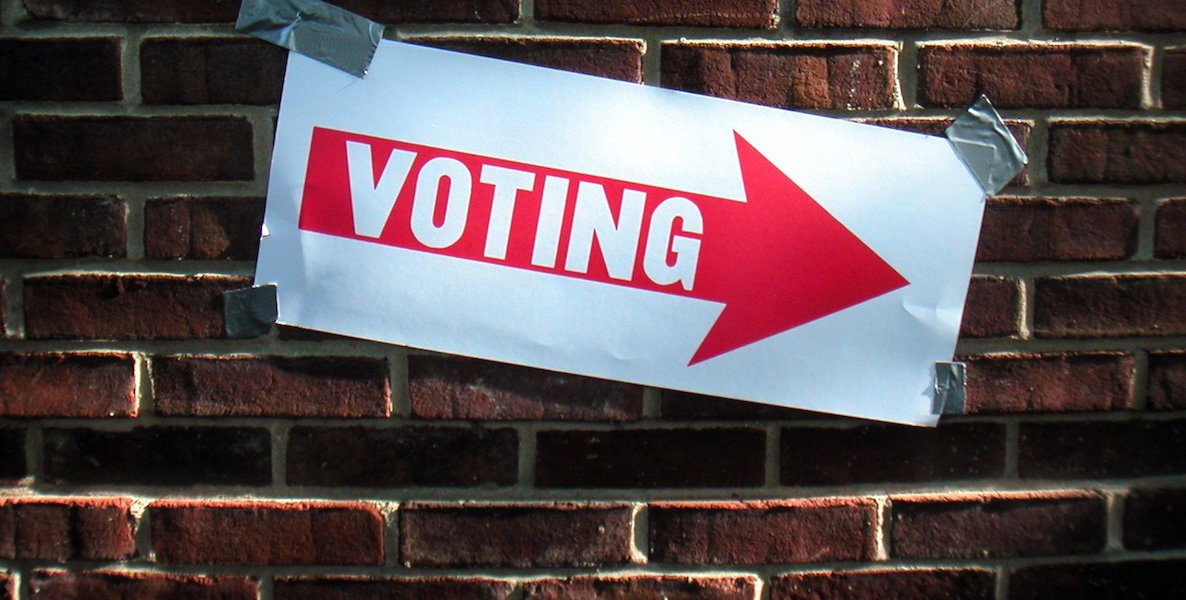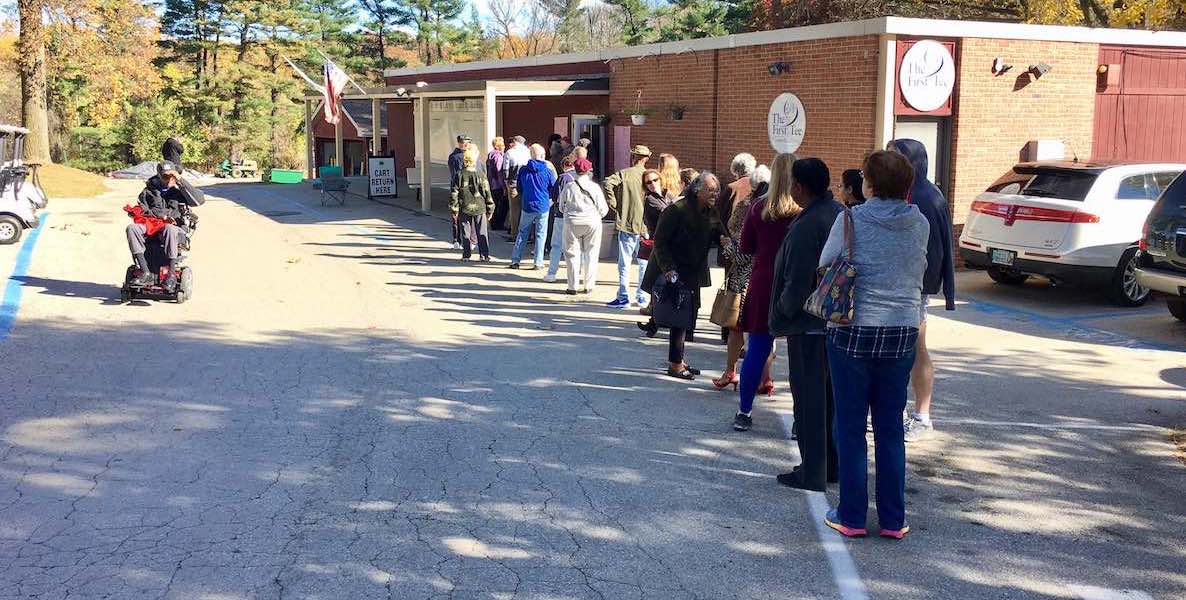For the past year and a half, Philadelphia 3.0 has been promoting the 2018 ward elections as a great opportunity for people to dive into local politics by running for committeeperson—the smallest elected position that matters in Philadelphia politics. Now that we’re past the deadline for candidates to file, and petition challenges are wrapping up, we’re finally getting a picture of where things stand.
Registered Democratic and Republican voters will have the opportunity to collectively elect over 3,200 committeeperson candidates citywide in each party—two from each party per voting division. Read our FAQ to get up to speed on how the ward system works.
While we’re still analyzing the petition filings to see where things landed in the different wards, there are some early takeaways we wanted to share:
Philly 3.0 recruited about 250 candidates to run
Between November 2016 and February 2018, a little over 1,000 candidate prospects came in through our program to run for committeeperson in 2018, representing all but two out of 66 wards. About 250 of those candidate prospects will officially be candidates on the ballot on May 15th—about a 25 percent conversion rate.
We expect that when the dust settles on petition challenges, candidates who came through our program will make up between 8 to 9 percent of the total candidates running citywide, and a much higher percentage in some specific wards, namely those in greater Center City, South Philly, and the Riverwards. All-in-all, candidates coming through our program are represented in 43 of 66 wards, or 65 perent of all wards.
Half the candidates running are non-incumbents
The party line on the petition filing numbers has been that efforts by Philadelphia 3.0 and other groups must be a failure because the total citywide filings increased by just five candidates, from 3,262 filings in 2014 to 3,267 filings in 2018.
But according to Commissioner Al Schmidt, almost exactly half of the candidates running in 2018 are new candidates. The top line number is masking tons of churn below the surface. As this map from Schmidt’s office shows, in most wards the non-incumbent share of filings is surging.
(Image: Office of Commissioner Al Schmidt)
The most extreme examples you see are in wards 58, 64, and 66 in Northeast Philly, where there was some serious turf warfare between the camps of State Sen. John Sabatina and Congressman Brendan Boyle. But there were also large increases in the share of non-incumbent candidates in growing areas of greater Center City, South Philly, and the Riverwards, where many more of our recruited candidates filed. In the 15 or so wards we paid most attention to, incumbents make up only 44 pecent of the filed candidates on average, and only in four of those wards do incumbents make up more than 50 percent of filed candidates.
To be clear, not all of these non-incumbents are running to vote in a new ward leader. Many of them were likely recruited by incumbent ward leaders to fill vacated seats, of which there were many. The city Democratic Party is a very old party, demographically speaking. Just anecdotally, looking through the filings, the number of petitioners whose occupation was listed as “retired” was remarkable. It makes sense that we would see a wave of retirements in these elections every four years. Unfortunately, the 2010 committeeperson election results have not been compiled digitally, so there is not a ready way to compare retirements from the 2010-2014 cycle to the 2014-2018 cycle. Nevertheless, it’s objectively a lot of turnover.
Again, anecdotally, several candidates running in South Philly in the 1st ward told us that on more than one occasion, when they approached their current committeeperson about running, many were excited to step aside and be rid of the responsibility. In some other places, the reaction was exactly the opposite, with the prospect of a challenger spurring people to action.
Open Seats
There are 381 open seats that no one is running for in 2018, compared to 349 open seats in 2014. In a follow-up post we’ll be digging into which wards had the greatest number of open seats. Any party member in the division can run a write-in campaign to win these seats, rather than leave the ward leader to appoint someone.
Someone can win a write-in seat with a single vote, but if you’re serious about winning, it’s best to get a lot of neighbors to write your name in just for insurance. If you didn’t make the ballot but are interested in running as a write-in, sign up on our form and we’ll let you know if there’s an open seat in your division.
With the committeeperson ballot nearly set, we can begin to identify the wards and divisions with the most intense competitive elections. And we can also start to think about the places that will be ripe for write-in campaigns as we get closer to Election Day on May 15th.
The Good:
The 2017 municipal cycle saw the Bob Brady-termed “liberal wards” beat up on the “traditional wards,” with Larry Krasner and Rebecca Rhynhart riding to victory largely on high turnout in the more politically progressive parts of the city. Election watchers were interested to see if all that energy would extend into the 2018 primaries for Congress, the state legislature, and the local committeeperson elections. The answer was largely yes, with one major exception.
Thinking about the most basic metric—number of candidates as a function of total seats—we can see that the 10 most candidate-rich wards all average more candidates (2.5+) than they do seats (2). We can also see two clear camps emerge in the liberal vs. traditional divide.
The Northeast
The three largest wards in northeast Philadelphia—55, 58, and 66 (which is split into parts A and B)—together comprise the region with the most robust competitive ward elections. That’s a function of internecine local politics and ongoing power struggles between the area’s major political players. It is probably safe to assume most, though certainly not all, of the candidates running for committeeperson in those races are doing so to support a specific candidate for ward leader.
The Liberal Wards
The other top 10 wards by candidates/seats—1, 2, 18, 31, 39, and 46—are the wards perhaps most emblematic of the liberal ward paradigm. These are the wards covering South Philly east of Broad, the Riverwards, and West Philly around Baltimore Avenue. These are the wards that all saw crazy turnout increases in 2017. The 12th ward, covering part of Germantown, is also looking competitive.
And the liberal plus Northeast dynamic holds when you dig deeper into the numbers and focus more on the competitiveness of the races within the wards. The chart below identifies the percentage of divisions in the ward that have three or more candidates on the ballot. Once again we see that the big three in the Northeast will be highly competitive, as will the 1st, 2nd, 18th, 31st, 39th, and 46thwards. The 12th and 13th wards, covering Germantown, Nicetown, and Tioga, are also showing up once again.
In which wards are we seeing the most highly competitive races, as defined by having the greatest number of candidates filed? When we consider only those races that have four or more candidates per division it’s the same suspects that stand out.
The 2nd Ward is in a class by itself, which is no surprise. Of the seven 6-way committeeperson races on the ballot citywide this year, four of those are in the 2nd ward. Five of the six “liberal wards” we’ve highlighted made the top ten.
The Not-So-Good
On the other hand, where are the wards struggling to find candidates to run? Notably, 35 of the city’s 66 wards average fewer than two candidates per division. And there are 147 divisions in the city with no one on the ballot.
Looking at the raw numbers, we start to see some clear patterns in the uncompetitive wards.
The other way to rate non-competitiveness is to consider how many seats in a ward have one or zero candidates on the ballot.
Where are the wards with the lowest participation in this year’s ward elections? Overall, eight wards are consistently the least competitive by the three metrics we looked at: 11, 20, 24, 27, 35, 45, 49, and 61. These wards are in the university and hospital-heavy parts of North Philly, the university-heavy parts of West Philly, the lower Northeast, and neighborhoods like Fern Rock, East Oak Lane and Olney, and Lawncrest.
(Of note: the group Millennials in Action has been doing some great work in Olney, so if you or someone you know might be interested in running a write-in campaign there, give them a shout.)
Overall, the city seems primed for some real movement in the wards that started to show some muscle over the last couple election cycles. The next step is getting to work to make sure some new voices get elected.
Jon Geeting is the director of engagement at Philadelphia 3.0, a political action committee that supports efforts to reform and modernize City Hall. This is part of a series of articles running in both The Citizen and 3.0’s blog
Photo: Keith Ivey via Flickr











